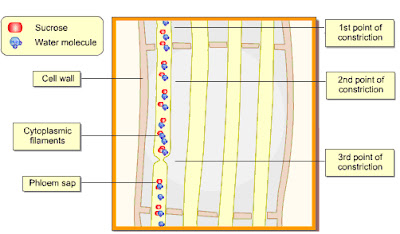1. Homeostasis
- maintenance of internal environment within cells (tissue fluid + blood plasma).
- has 3 functional components: receptor, control centre + effector.
- has 3 functional components: receptor, control centre + effector.
- 2 types of mechanism:
a. Negative feedback.
b. Positive feedback.
- 2 types of animals (that respond to the fluctuations in temperature): endotherms + ectotherms.
2. To maintain a stable body temperature à organism needs to balance heat gain with heat loss.
3. Heat gained/lost thru:
- conduction,
- convection
- radiation,
- evaporation (heat lost only).
4. Ectotherms - exhibit behavioural thermoregulation.
5. Endotherms - show physiological + behavioural thermoregulation
6. Internal body temperature à sends impulses to hypothalamus (via blood vessels + afferent nerves respectively).
7. In thermoregulation:
- receptors (thermoreceptors) = nerves beneath the skin,
- control centre = hypothalamus
- effectors = sweat glands + blood capillaries (beneath skin).
 |
| Endotherms show physiological and behavioural thermoregulation |
 |
| Ectotherms exhibit behavioural thermoregulation |
s







